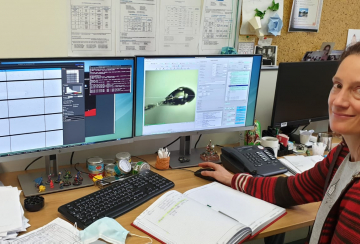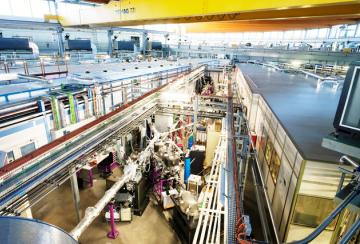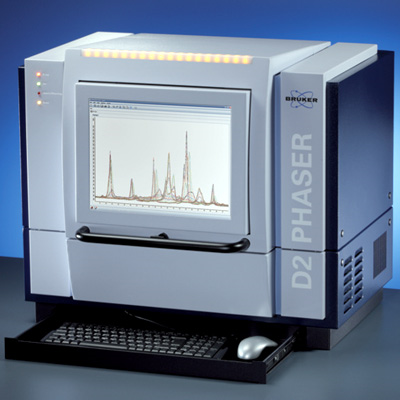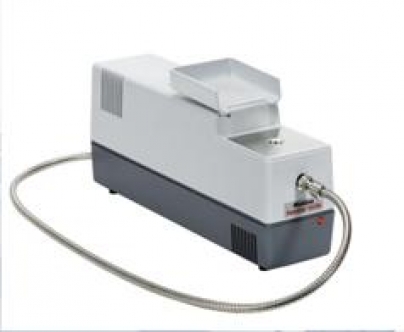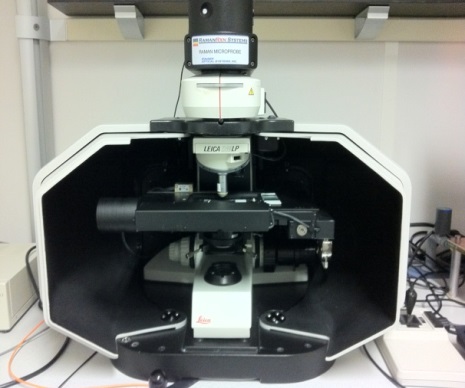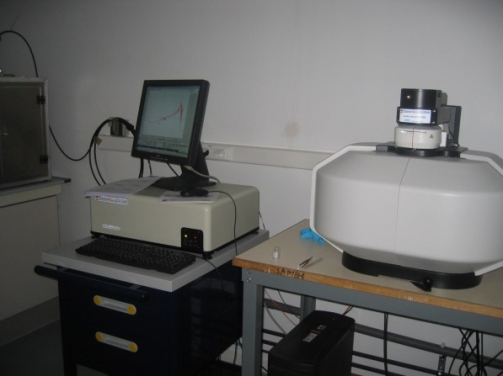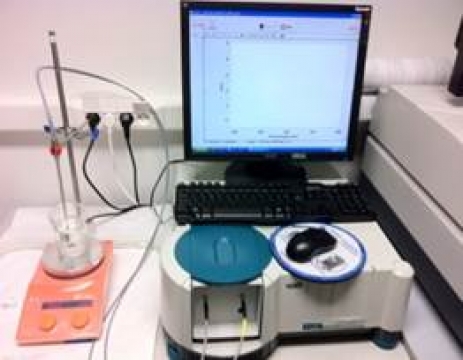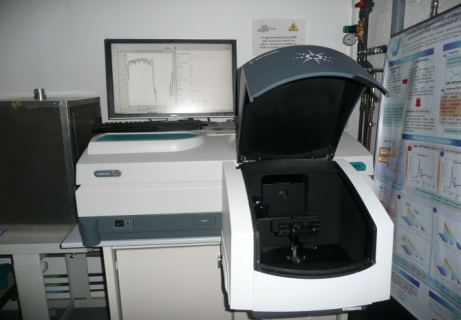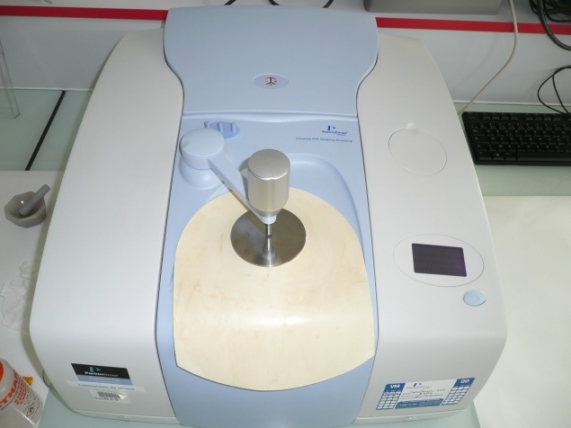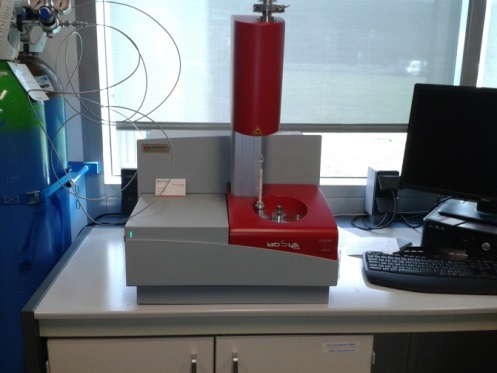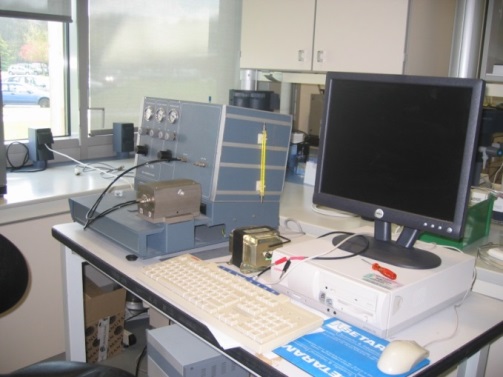
Two laboratories are available at the Synchrotron SOLEIL.
Their mission is to ensure a technical and scientific support to the users for the sample preparation as part of experiences on the beamlines. They also supply to the SOLEIL scientists infrastructures and the necessary equipment to the specific research projects in the field of chemistry.
| Assessment 2022 |
|---|
|
473 proposals 1187 users received 28 beamlines which used chemistry labs 12 projects per week |
Location
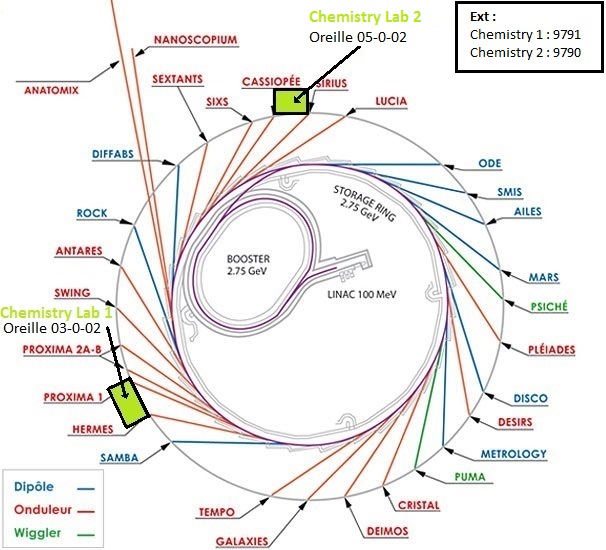
Contacts
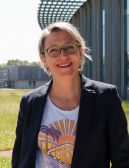
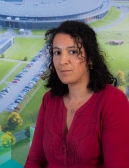
Videos
Which laboratory to choose?
The user’s choice between Chemistry lab 1 and Chemistry lab 2 depends on the location of the beamline where the experiment is carried on, because of the long beamlines (NANOSCOPIUM, ANATOMIX, PUMA), which force users to use the stairs to reach their laboratory.
To a lesser extent, the choice between the two labs depends on the equipment that is needed for the samples’ preparation and whether it is present in the laboratory or not.
Access conditions
Users and SOLEIL scientist (standard projects and out of program committee review)
During the submission of the project in the SUN set, the main proposer has to indicate if he intends to use the chemistry laboratory.
If the project is accepted, the main proposer must get in touch with the laboratory manager. Then, one month before his arrival and no later, he confirms the access request on-line on SUN set
Support Laboratory access (for Main proposer)
Then he indicates the activities that he plans to carry out in the lab and can request a technical support. Finally, he specifies their needs :
- in scientific equipment among those available
- in chemicals and material that he planned to use.
SOLEIL staff
For temporary needs or long term needs (trainees, students…) out of the proposals on the beamlines, a permanent access to the laboratories is possible. A justified request (description of the activities that he plans to carry out in the lab) has to be addressed at the person in charge of the laboratory
Theses laboratories offer a technical support, an infrastructure and an usual available equipment and chemical in a chemistry lab.
Services
The lab team offers to the users and SOLEIL personnel a technical support (installation of the materiel, feasibility) and a scientific support (advices and skills, within the limits of its competences). The team is present from Monday to Friday, during usual working hours.
Some experiments, especially those classified “red” by the security group (particularly dangerous experiment), require the presence of a chemist from the laboratory. You have to make sure of the availability of staff before your arrival.
![]() (440.83 KB)
(440.83 KB)
Equipment
The equipment localization is specified by the mention Chemistry 1 or Chemistry 2. Without indications, they are available in the two laboratories.
Conditioning equipment
- Gloves box (Jacomex)
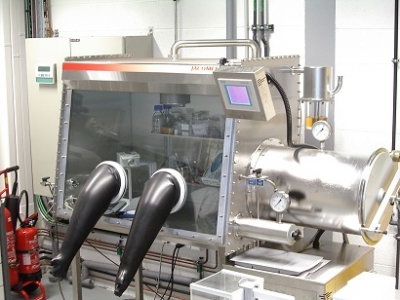
- Stainless steel Gloves box, with a purification system in O2/H2O under argon atmosphere (Chemistry 2)
- Pumping chamber for the preparation and the transfer ofsamples under nitrogen atmosphere (Chemistry 1)
- Tube furnace (Carbolite)
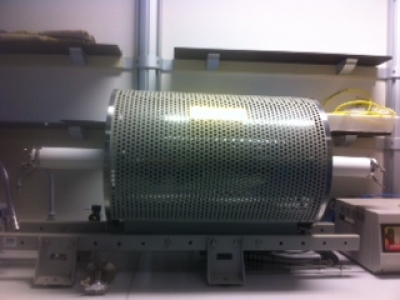
Chemistry 2
- Rated temperature =+1200°C ; internal diameter : 170mm
- Under specific or ambient atmosphere (Ar/N2/dry air/H2 (5%)-Ar)
- Muffle furnace (Nabertherm)
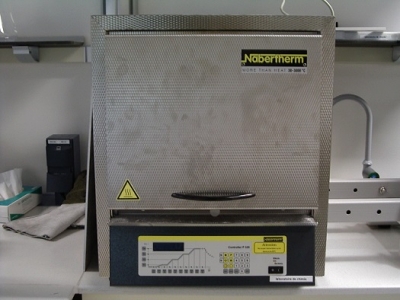
- Rated temperature= 1100°C under ambient atmosphere (chemistry 1)
- Rated temperature= 1700°C under ambient atmosphere or argon atmosphere (chemistry 2)
- Ventilated oven
- Vacuum oven
- Combined refrigerator/freezer
- Glass vacuum dessicator
- Gloves bag
Preparing equipment
Precision balances
| Precision | Brand | Quantity | Range | remark |
|---|---|---|---|---|
| 1/100 mg | Mettler Toledo | 1 | 0-220 g | chemistry 2 in the glove box |
| 1 mg | Mettler Toledo |
1 | 0-610 g | chemistry 2 |
| 1/10 mg | Mettler Toledo | 2 | 0-220 g | chemistry 1 |
| 10 mg | Sartorius | 1 | 0-4200 g | chemistry 2 |
| 1/100 mg | Mettler Toledo | 1 | 0-220 g | chemistry 2 : With or without contac for toxic compound/CMR |
| 10 mg | Ohaus | 1 | 0-10 g | chemistry 1: Portable |
- Automatic pipets(Eppendorph research)
- Overhead stirrer
- Magnetic stirrers included 2 with several positions
- Heating magnetic stirrers with accessories for balloons of different volumes
- Orbital shaker
- Vortex
- Hot plates
- Centrifuges (chemistry 1)
- disphragm pump, chemical products - Flow 6L.min-1 ; final vacuum : 100mbar - Flow 20L.min-1 ; final vacuum : 8mbar
- Vacuum filtration system
- Syringue pump
- Ultrasonic baths
- Heated baths T = -25 to 150 °C (Huber Ministat 125) T = ambient to 100 °C(Thermo Haake) T = -40 to 200 °C (Huber Ministat 240)
- Heating mantle
- Rotary evaporator (Buchi) (Chemistry 2)
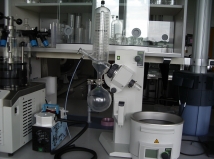
- Lyophilizer (Christ) (Chemistry 2)
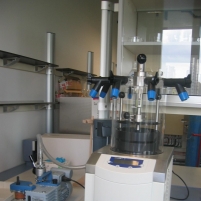
Shaping equipment
- Hand press (Chemistry 2) Weight max : 2 tonnes In the gloves box Mould : diameter of 7 mm
- Semi-automatic hydraulic press (Chemistry 2) Pmax : from 2 to 15 tonnes Mould :diameter of 6, 10, 13, 20 mm
- Sieves (Retsch) (Chemistry 1)
- Planetary crusher (Retsch) (Chemistry 2) PM100, granulation <10mm
Mortars + pestles
Measuring equipment
- pH-meter (Mettler Toledo)
- Titrator (Mettler Toledo)
- Turbidimeter (Hach Lange) (Chemistry 1) From 0 to 10 000 NTU
- Conductimeter (Mettler Toledo) (Chemistry 1)
- Thermometer
- Glass pycnometer (Chemistry 2)
Chemistry Material
- Daily use glassware (beaker, flask, crystallizer, vial…)
- Synthesis glassware (still, round bottom flasks, inner connectors, reducers, bulbous vessel…)
- PTFE ustensils
- Syringes, needles
- etc
Others
- Fan tailed Burners
- Hair dryer
- Adjustable laboratory jack, stands, clamps…
- Purified water system(Millipore) Reverse osmosis purified water and ultra-pure water 18.2 mΩ
- Optical microscope (Bresser) (Chemistry 1) Working distance : Max : 200mm, Min 25mm magnification : 10 to 40 x
Caracterisation equipment
|
|
Characteristics
|
|
X ray diffractometer (XRD) (Bruker) |
Chemistry 2 |
|
|
Characteristics
|
|
DLS Granulometer (Nanotrac) |
Chemistry 2 |
|
|
Characteristics
|
|
Raman Microscope (Kaiser) |
Chemistry 1 |
|
|
Characteristics
|
|
Raman Spectrometer * (KOSI) |
Chemistry 1 |
|
|
Characteristics
Solids, thin films and liquids : different accessories
Solids : measure diffusely/absolute scattered reflection and transmission at variable angle and polarization Liquids : possibility to combine with another techniques
|
||||||||||||
|
Spectrometer UV-Vis * (Agilent) |
Chemistry 1 |
|
|
Characteristics
|
|
FT-IR Spectrometer (Perkin Elmer) |
Chemistry 2 |
|
|
Characteristics
Labsys Evo
Dsc 111
|
|
Thermal Analysis * (Setaram) |
Chemistry 1 |
Les couplages des techniques des laboratoires (instrument*) avec celle du rayonnement synchrotron peuvent être envisagées sur les lignes de lumière
Lien vers document Samba http://www.synchrotron-soleil.fr/Recherche/LignesLumiere/SAMBA/EquipementDetaille/CombinedTechniques
Lien vers document Rock http://www.synchrotron-soleil.fr/Recherche/LignesLumiere/ROCK/EquipementDetaille/CombinedTechniques
Declaration of sample
- During the submission of a project to SOLEIL synchrotron, all the chemicals and materials necessary for samples preparation have to be declared on line. Each sample has to be identified and specifically declared according to is nature ( Samples and substances declaration).
- Only gases and chemicals approved by the safety group of SOLEIL synchrotron can be used.
Experiment in the laboratories
- Each sample or handled chemicals must be labelled. The following information has to be mentioned :
-The name of the product
-The date
-The name of the project and phone number of persons to be contacted
- Warnings and indications in the laboratory must be respected.
- Individual protection against hazardous substances must be used for any handling (lab-coats, gloves, glasses, steel toed shoes and working under fume hood if necessary).
- Handling hazardous chemicals alone in the laboratory is forbidden.
- Chemical waste must be disposed of in suitable containers (separation of inflammable products, acid, halogenous solvents...)
- Any drinking or any eating in the room is forbidden.
Chemical risks
Collective and individual protections
The following equipment is available in each laboratory:
| Masks (FFP1,FFP2, FFP3) | Fume hoods | Safety shower |
| Standard and specific overalls | Acid fume hood (chemistry 2) | Eye wash |
| Glasses | Ventilated cabinets for solvants and acids/bases | |
| Gloves (latex, nitril, neopren) |
Waste management in the chemistry laboratory
![]() (256.3 KB)
(256.3 KB)

